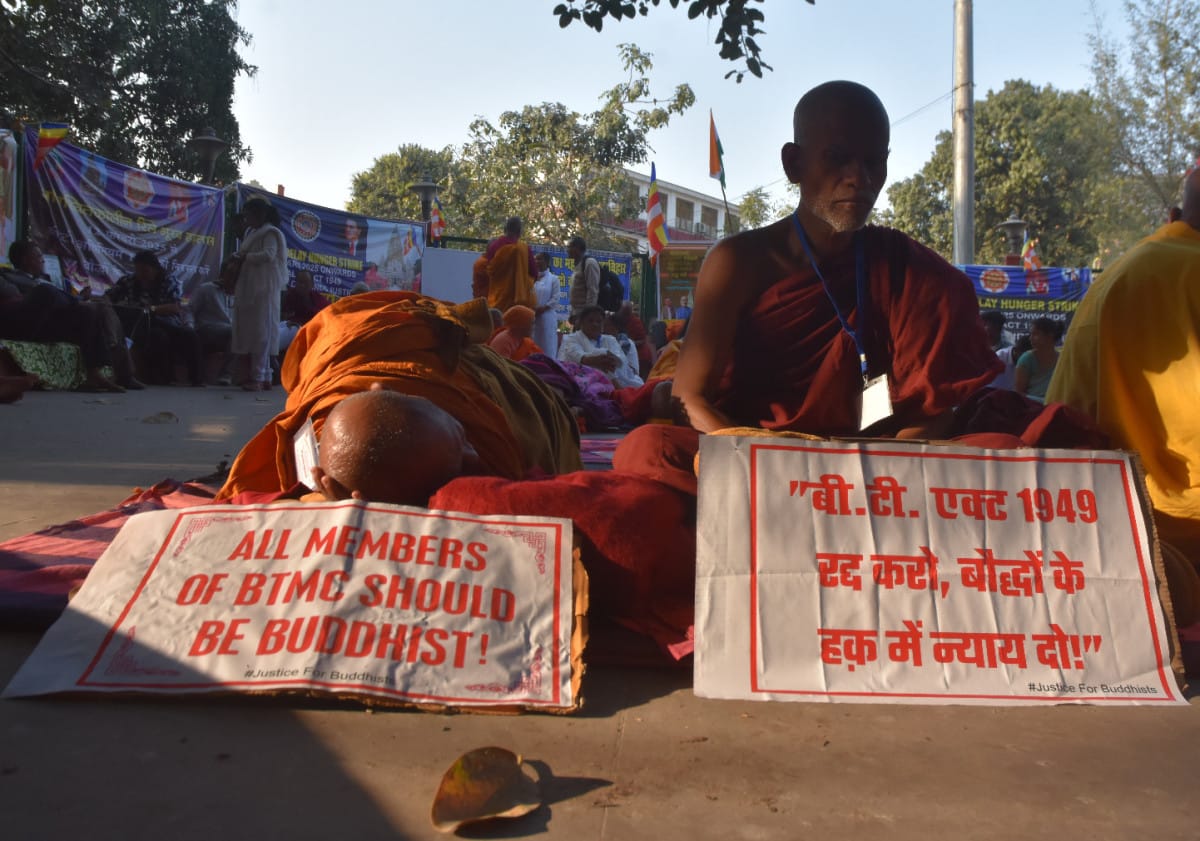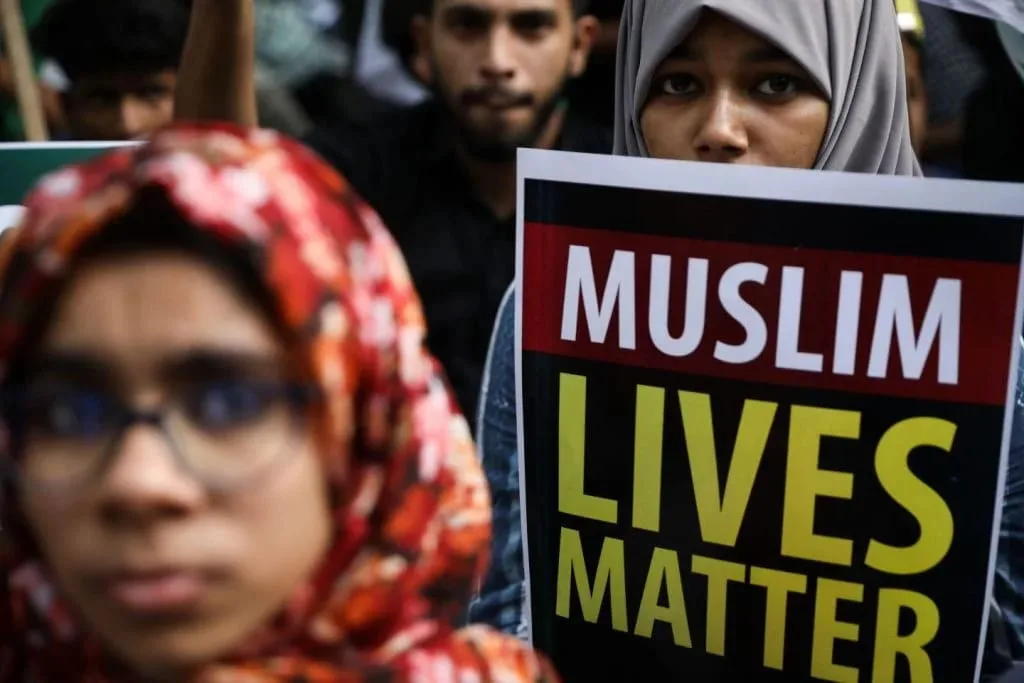A drastic distinction between the roles of the male and female exists in all of history’s modern human societies. Women have grown to accept, not without resentment though, the male-dominated atmosphere of the world. Because people use religious doctrines to define their lifestyles, religious scriptures in both the East and the West seem to condone, even encourage, the unequal treatment of women.
But Sikhism crowned women with the identity of ‘Kaur’ (derived from the word kunwar) which means next in line for power, at a time ‘when women were seen as man’s shoe, the root of all evil, a snare, a temptress.’ Her function was only to perpetuate the race, do household work, and serve the male members of society.

Kaur was a liberation from the systems and hierarchies that bound women in religions across the world. It was a declaration that a woman is not beneath you but beside you. It is a name that all Sikh women carry. A religion that never discriminated women on menstruation, gave free entry to temples, kitchens and taught women the art of warfare to fight on the battlefield.
But Sikhism crowned women with the identity of ‘Kaur’ (derived from the word kunwar) which means next in line for power, at a time ‘when women were seen as man’s shoe, the root of all evil, a snare, a temptress.’
Guru Nanak condemned this man-made notion of the inferiority of women and protested against their long subjugation. The ‘Ultimate Truth’ was revealed to Guru Nanak through a mystic experience, in direct communion with God. Guru Nanak conveys this Truth through the bani, Sikh scripture. It first argues against the sexist sentiments of the pompous man about the necessity of women:
“In a woman, man is conceived, From a woman, he is born, With a woman he is betrothed and married, With a woman, he contracts friendship. Why denounce her, the one from whom even kings are born? From a woman, woman is born, None may exist without a woman.” -Shri Guru Granth Sahib Ji, Ang 473
On one of my visits to Sachkhand Darbar Sahib, Amritsar, I talked to several religious heads on this matter and after a heated debate, one of them tells me,
‘Aurtein Kirtan di Seva kiyu Karangi, vo Paleet hai‘ (why will women do seva, they are polluted).
Why should women be excluded from seva because of menstruation? This menstruation allows for the birth of everyone and ironically, allows for the birth of those who deny her rights. No man would be here without a strong woman. Why shall you speak ill about a woman, when she was the one who gave birth to you?
Guru Nanak Sahib openly challenged people who claimed women to be “impure”. So, why do our leaders feel it is okay to manipulate the words of our Gurus? Consider this Shabad revealed to Guru Nanak Sahib:
“As a woman has her period, month after month, so does falsehood dwell in the mouth of the false; they suffer again and again. They are not called pure, who sit down after merely washing their bodies. They are pure, O Nanak, within whose minds the Divine abides. – Shri Guru Granth Sahib Ji, Ang 472”
On Guru Nanak’s 550th birth anniversary I would like to point out the discriminations being done by Sikh religious men when it comes to Kaurs. The guru’s teachings have never been fully realised, which is clearly evident from the treatment of women in Sikh society today. Sikh women are not being allowed to perform hymns and kirtan or read the Guru Granth Sahib (Vakh Lena) at any of the historical gurudwaras across the country.
They claim that it is the Sikh ‘Rehat Maryada‘ (Code of Conduct) which condemns women from doing kirtan, but the truth is that the Rehat Maryada has been conveniently modified by the Shiromani Gurdwara Parbandhak Committee (SGPC) to employ discrimination against Sikh women. Only recently, the Punjab Assembly has passed a resolution allowing women to do kirtan at Harmandir Sahib (Golden Temple).
There is no mention in the Sikh history of any discrimination against women, then why is it that today they stop women from Doing Kirtan at the Sikh Holy Shrine in Amritsar?
There is no mention in the Sikh history of any discrimination against women, then why is it that today they stop women from doing kirtan at the Sikh Holy Shrine in Amritsar? In fact, Sikh women like Mata Nanki (the first Sikh), Mata Sahib Kaur (The Mother of Sikhism), Mata Khivi (The pioneer of Langar Seva), Mai Bhago (The warrior Kaur), Mata Gujri Ji (The great martyr) have immensely contributed to forming this religion of ‘Sikhi’.

And yet a woman has never been elected as the president of SGPC (the Central Management Committee to manage the affairs of the Gurdwaras in Punjab), or as the head of any of the five Takhats (the thrones of authority).
Also read: 5 Sikh Women In History You Should Know About | #IndianWomenInHistory
Indian society discriminates against women in workplaces and denies them the right to fight on the battlefield. People measure a woman’s value as a bride by the size of her dowry, not necessarily by her character and integrity. Sadly after 500 years head start, Sikh women are no better off than their counterparts in any other religion or nation. I urge our leaders to instead of striving for political gains, to rather focus on the name of Waheguru.
What difference does it make if a woman or man is doing kirtan?
Waheguru is not a man nor a woman, as one is not more superior than the other. The first word revealed to Guru Nanak Sahib and that starts Guru Granth Sahib is “Ek” (one). To me, this means that between you, me, and us, there is no difference as we are all children of the One. So, why do we create this difference that only men possess the right to do kirtan and seva at Harmandir Sahib? If it is for political gains, Baani has clearly stated to stay away from this mind-corrupting power. For a sacred place that is built on the elimination of ego, greed, and corruption, why do you practice it yourself?
One of the many qualities of a Gursikh is to put others before yourself. Yet, many Giannis who call themselves “gursikhs” are sitting back in silence, not willing to protest this injustice, simply because it doesn’t involve them. Why did we not endeavour long ago to realize fully the freedom and equality the Gurus advocated for all human beings, regardless of gender? Is the equality the Gurus preached even understood by Sikhs? At one time, Sikhs risked their very lives to fight for equality by opposing the caste system. Yet, today, many Sikhs judge each other by the caste they are from and the amount of income they earn.
How can women expect equality, when the Sikh community seems unable to distinguish between religious tenets and the culture imposed by the majority community which engulfs them?
Many Sikhs will acknowledge this truth, but instead of finding the enthusiasm and hope to shape the future, they will sadly shake their heads. After all, can we possibly unravel thousands of years of deep-seated Indian mentality? Do the powers of revolution truly lie within our grasps?
We need only to remember the words of Guru Gobind Singh for an answer :
“With your own hands carve out your destiny.”
Also read: A Brief History Of The Pride Turban And The Importance Of Visibility Of Queer Sikhs
Ishan is a student of Political Science and the Cultural Secretary of the Students’ Union at Lady Shri Ram College For Women. You can follow her on Twitter and Facebook.
Featured Image Source: Vancouver Sun





yeah, yeah.. and that’s why Punjab has one of the lowest gender ratio in the country! We have seen queens ruling in Maharashtra and elsewhere but never in Punjab where they were supposedly “next in line”.. amazing research!
9 male gurus despite women being “next in line”. Tell me more.